#ishanaten
Explore tagged Tumblr posts
Text

A hanging scroll dating to the early Edo period (1600-1868) depicting the deity Ishanaten (伊舎那天 (Sanskrit: Īśāna)), a Buddhist version of the South Asian deity Śiva
From the collection of Henjōzan Saifukuji Temple (遍照山 西福寺) in Ide, Kyoto Prefecture, publicly displayed for the first time this year during a special exhibition at the temple
#japanese art#buddhist art#伊舎那天#ishanaten#izanaten#ईशान#isana#京都府#kyoto prefecture#井手町#ide#遍照山 西福寺#henjozan saifukuji#真言宗#shingon#arte japonés#arte budista
40 notes
·
View notes
Text
The many puzzle-pieces that served as inspo for Sukuna
A long time ago I made a little deck about elements of Buddhism woven into Jujutsu Kaisen's story.
Since I got a little time on my hands (and he's finally made it back to the manga!) I'd like to put this little run-down on influences Sukuna draws from here as well and extend a bit on it, since more than 2 years have passed since then. (And I've been meaning to rework the deck, but lack time and wantto get at least this one out properly again).
First of all - I don't think Gege copies any character or legend 1:1. IMO, Gege is drawing from various sources and remixing them into his own thing. Whether that's for the story, setting, characters or specifically Sukuna.
So let's have a look at all the historical and mythological characters Sukuna is remixed from.
Ryoumen Sukuna the 2Chan Urban Legend
This is the one probably the most people have heard about, since Gege openly mentioned having drawn inspiration from this:
The 2Chan post about an urban legend how some construction workers allegedly found a 2 meter sized box labeled as "Ryomen Sukuna" with a mummy of conjoined twins inside. The guys who opened it fell sick. The box was given to a local priest to handle the bad energies and at some later point someone called the priest's son and learned it was some deformed freak who died in a way some Buddhist monks practiced a long time ago - by simply meditating ascetically until you enter mummification while still alive.
You can read more on that here.
This is where Gege was clearly inspired to get mummified Sukuna, full to the brim with negative energy, delivered to the story in a box.
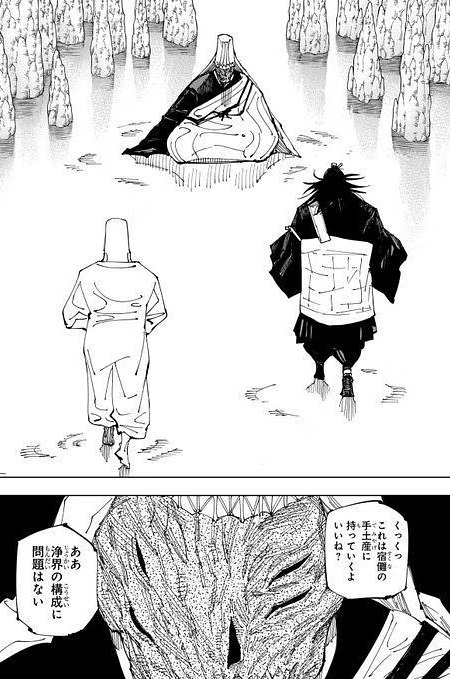
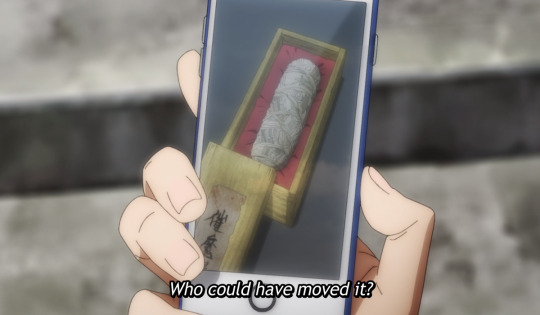
The "Rasetsu" Daijizaiten/Ishanaten (伊舎那)
Rasetsu are demon-spirits that reside in the heavenly realms, who have the power to influence and seduce humans, and then eat them. In Buddhism rasetsu are also believed to act as wardens under The Lord of Hell - Enma - punishing the damned. Ishana/Ishanaten/Isana/Daijizaiten is a demon spirit from the highestheaven of the world of desire and is often shown with a three-pronged spear in right hand, and a bowl of blood in his left. He is one of the eight manifestations of Shiva and presides over cosmic destruction.
While he is usually described with many-faces and many arms, in the Womb World Mandala he appears with two arms, dark red in colour, seated on a dark-blue buffalo, and accompanied by his consort "Uma"(烏摩), also seated on a buffalo.
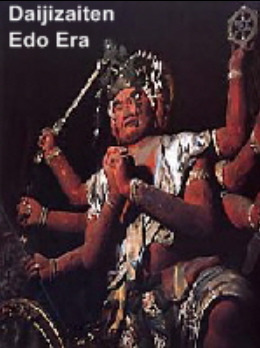
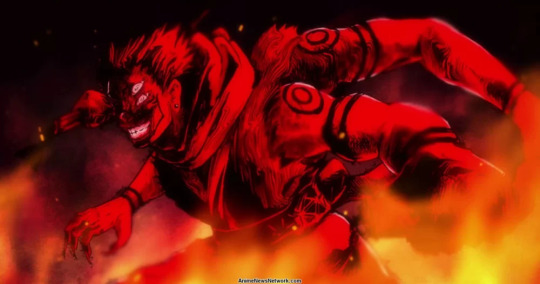

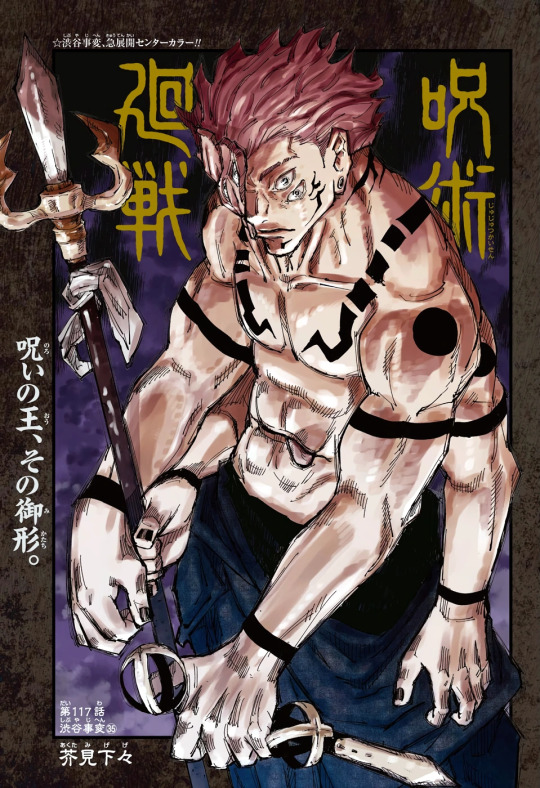
I believe this is what inspired the design for Sukuna's original giant curse form. Color-coded in red, eating humans, holding a three-pronged spear and drinking blood while causing destruction. Yup. Sounds about right.
Daijizaiten's son, Kitchen God Sukanda/Idaten
Daijizaiten has a son, Idaten, also called Sukanda 塞建駄, who is the God of the Kitchen and looks after the provisions of the Buddhist brotherhood. He is known as a swift runner, because legend has it that he ran with great speed to catch a demon thief who stole the ashes of the deceased Buddha. Wherever there is trouble, he is instantly found there. His appearance is not described. In Japan he is usually in a little shrine attached to the monks' dining-room
I believe this is where Gege got the inspiration to give Sukuna his little cooking theme he got going on around his curse technique and domain. From the Japanese name for the shrine that can be read as an imperial palace's cooking quarter, through his cleave & dismantle technique that is illustrated with respective sushi knives for skinning and chopping fish. And of course he is cooking with fire, as we see with Jogo.
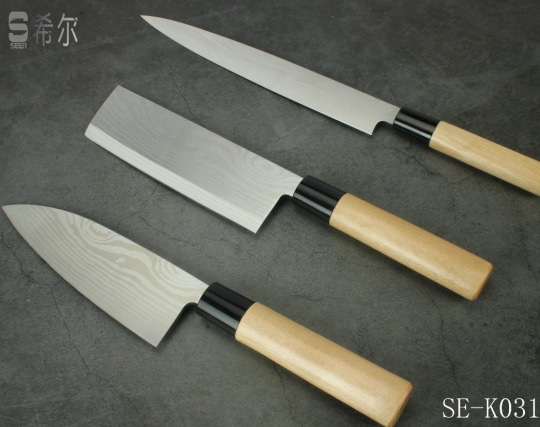
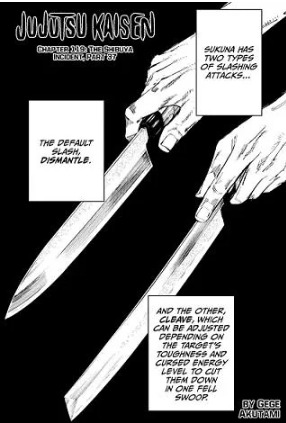
Interesting that Sukuna has all this sushi chef imagery going on, when there is so much fish symbolism in the story and especially the anime - from the culling games' original name Japanese name referring to the annual fish migration to all the fish shown in the Season 1 intro and a lot more. Of course, there is also the little shoutout to this when Sukuna tells Gojo he's nothing but a fish on his chopping board.

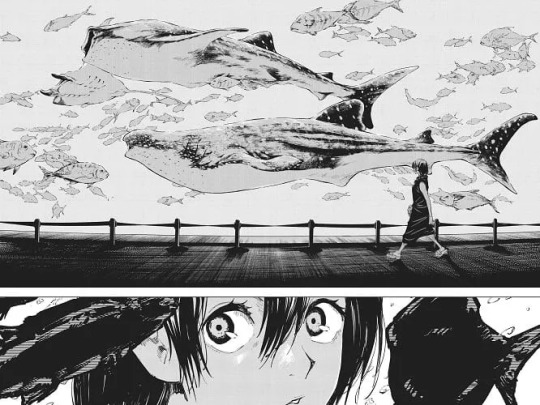
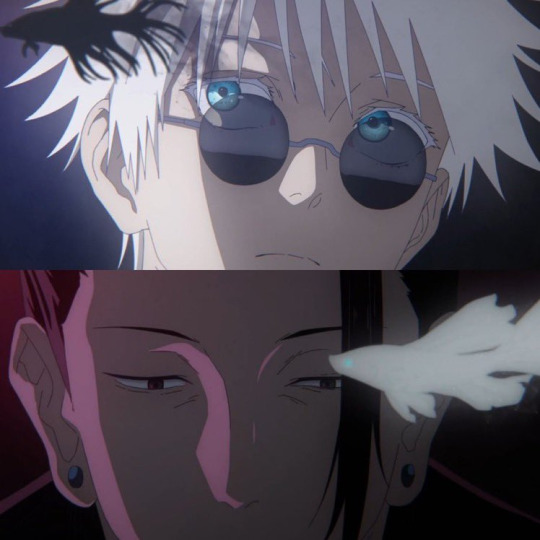
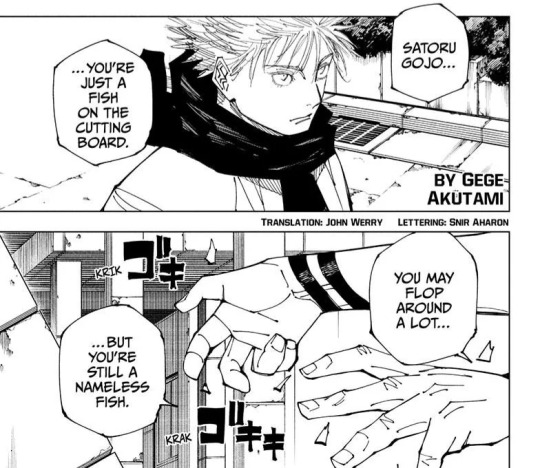
Heian era scholar & poet Sugawara no Michizane, deified after death
Sugawara no Michizane was a respected politician and poet at the imperial court for most of his life. Michizane took a great liking to plum ("ume") trees. In his later years, there was a power struggle between rivaling clans and after the emperor he worked under abdicated, he was demoted, banished and sent into exile by the new (Fujiwara) clan who assumed all influential official posts and rose to power. Exiled, he wrote a famous haiku bemoaning the absence of his favourite ume tree.
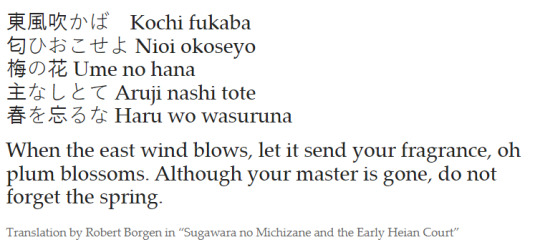
(It does fit awfully well to Uraume not forgetting Sukuna for a thousand years until they reunite, huh?) According to legend, his favorite plum tree flew from Kyoto to Dazaifu in Kyushu to be with him. Shortly after, he died in exile. Now something very peculiar happened - shortly after Michizane died, the land was struck by death, plague and drought. The new emperor's sons all died one after the other. Lightning repeatedly struck the Imperial Palace's Great Audience Hall and there were rainstorms and floods for weeks.
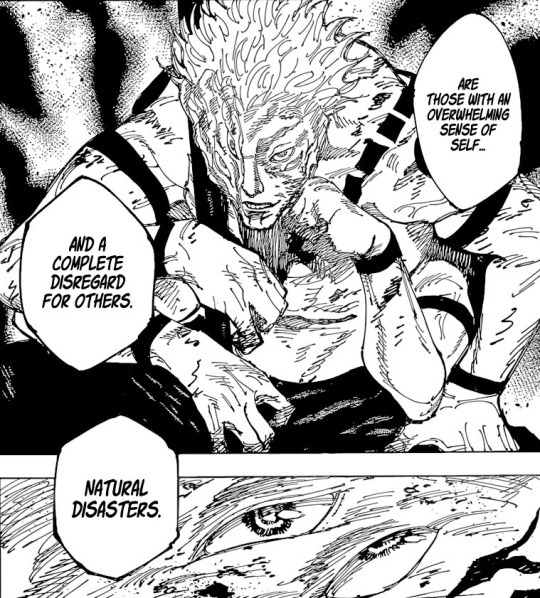
People assumed Michizane had become a vengeful spirit and built a shrine (Kitano Tenmangu) to appease him, while posthumously restoring his office and titles and planting many ume trees. Legend also states that during Michizane's funeral procession, the bull pulling the cart bearing his remains refused to go any further than a certain spot, so his shrines are usually decorated with statues of bulls.
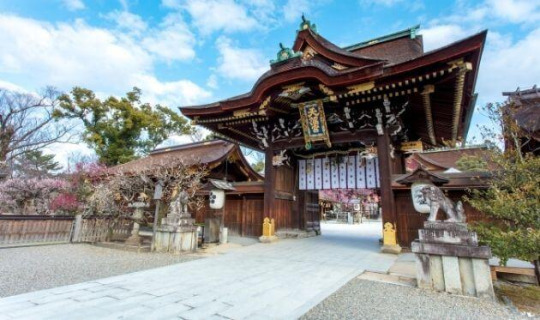
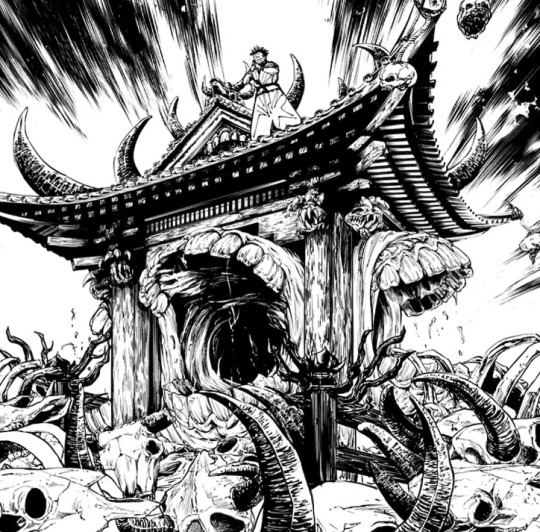
If you look at it, it's really on the nose, isn`t it? :)
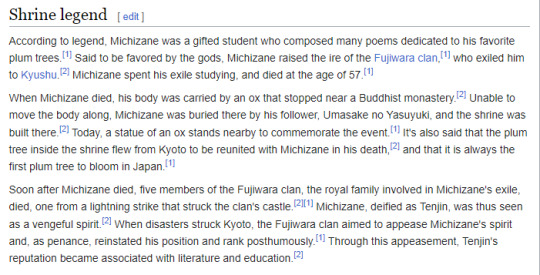
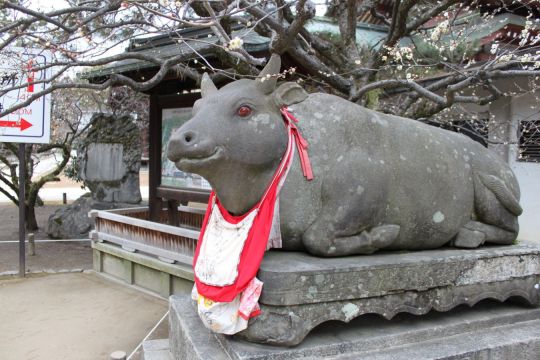
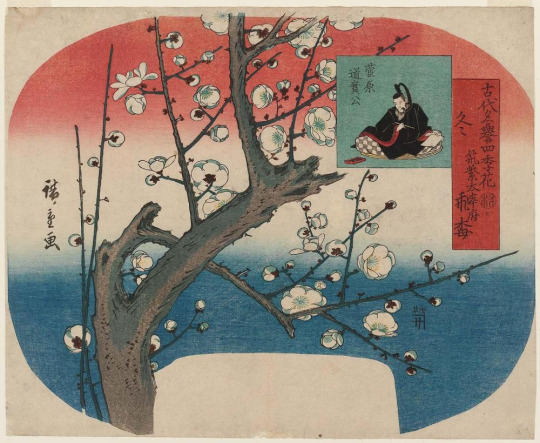
While a few people have been theorizing Sukuna might have known Sugawara no Michizane or that he might be his relative, mostly because Gojo namedrops him as a potential shared ancestor between Gojo and Yuta ... I personally think that Sukuna is partially based on him and I'd love to find out if this is going to have relevance at a later point in the story. We know so little about Sukuna's time as a human, but when you look at the design of his Malevolent Shrine full of ox skulls, the fact his consort is called Uraume and has plum-themed hair and how he refers to himself as a calamity back in the day, much like plagues, famines & storms, the puzzle pieces really fit together quite smoothly.
And as a last puzzle piece: After a life of being revered and looked up to as a court official next to the emperor, Michizane was exiled and fell from grace at the imperial court when another clan took over —- now remember how Sukuna calls himself „the disgraced (or „fallen“) one“. How intriguing, is ‚t it?
As for his tattoos: Inspiration might have been an old Japanese practice to tattoo criminals with symbols indicating their crimes. The practice comes from the Edo times (1603–1867), making it multiple hundred years too late for a Heian (794 to 1185) criminal. Nevertheless, fair game for loose inspiration.
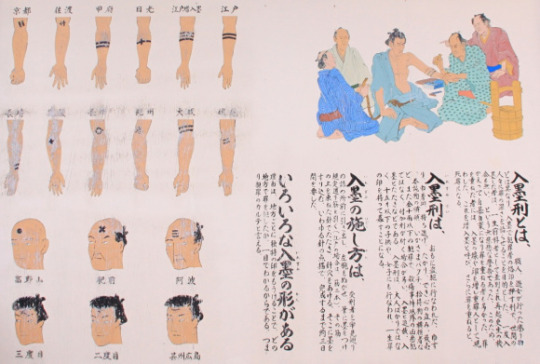
Another inspiration might have been something from a specific Buddhist hell (there are multiples ones). In Kokujou Jigoku (黒縄地獄), the Hell of Black Threads, those who have killed and committed theft, receive marking lines made of black thread on their body from demons and ogres, so these demons know where to hack their bodies apart as punishment, using axes and saws.
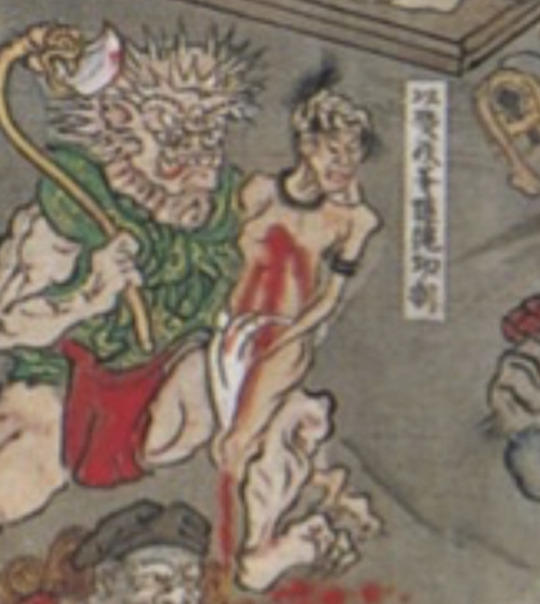
What I find intriguing most about Sukuna's tattoos is that he has them on all his bodies - both Yuji's and Megumi's --- which would indicate they are more like, uh, tattooed onto his soul than his own skin, why else would they show up on multiple meatsuits of his? My last guess about the tattoos has no footing anywhere, so take it as a random sidenote - I'm just wondering if he might be sealing something with those sigils. Who knows what their purpose is. Maybe he just likes the look of it, who knows.
So, to recap.
I think Sukuna's appearance in modern times is taken from the 2chan thread as Gege said, his further character design is mostly lent from the Sugawara no Michizane legends (fall from grace, calamities, shrine, ox and "Ume" plum tree included) and his curse form is further inspired by Daijizaiten, the human-eating god of destruction who is also accompanied by an ox and a consort called "Uma" and finished off with a touch of that god's son Sukanda who is a literal kitchen god and a fast runner, tending to a shrine's kitchen.
OF COURSE this man is a scholar turned rogue fun-loving cannibal. <3 His demeanor is not that of a peasant who never learned to read who's struggling to meet ends during a famine, but shows he has been moving among higher ranks back as a human. He attended festivals as a curse/deity and even cares about the seasonal aspect of Yorozu's haiku.
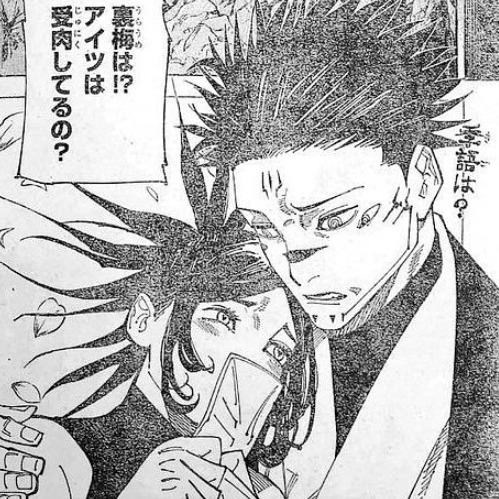
This man has been around the imperial court in the Heian times, knows how to play politics and intrigue and evidently studied mind and soul of humans since way back then, until he rose above it. That's not up for debate, hahaha. Where his arc is going? We shall see. Still hard to say at this point. You'll find me over here, holding out for a flashback to his past. Thanks for reading, I hope you enjoyed! -Jisa
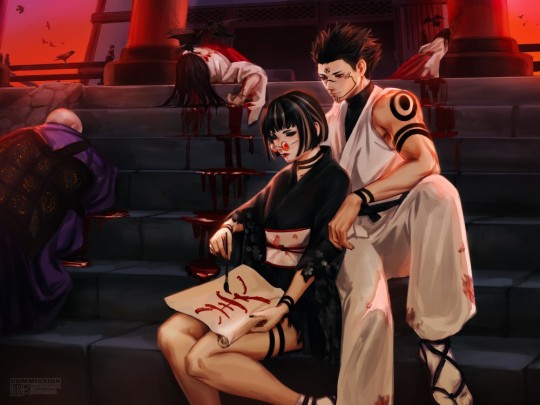
Yup, that‘s me writing poetry in blood with my scholar turned curse upon humanity commissioned from JinRozenrot . As my old friend Mr Lecter would say: Tada~ ♥
#jjk thoughts#jjk#jjk theory#jjk brainrot#sukuna#ryoumen sukuna#ryomen sukuna#sukuna ryomen#sukuna ryoumen#japanese culture#japanese mythology#buddhism#sugawara no michizane#Michizane Sugawara#vengeful spirit#cursed object#king of curses#jujutsu kaisen
95 notes
·
View notes
Note
Do you think the Atago Izanami/Jizo connection could have had anything to do with Jizo's role as a psychopomp/saviour of condemned souls under certain circumstances vs Izanami's descent into the underworld?
Mt. Atago was historically associated not with the "regular" Jizō but with a form called Shogun Jizō, who was depicted armed and on horseback and was linked to protection from fire and, as one can guess from the iconography and close ties to Marishiten, with martial valor. The pairing with Izanami seems to be a part of a bigger network which also included Kagutsuchi (who is still enshrined there today) and goes back to the fire connection. For more details see Patricia Yamada's Bodhisattva as Warrior God. The Curious Case of Shōgun Jizō.
I will note here I have yet to see a single instance of Izanami being firmly associated with the afterlife in Buddhist or Buddhist-adjacent contexts. When she and Izanagi do appear in medieval theological speculation it's primarily either in the role of creators, through the shared connection to Ishanaten, or both at once. Meanwhile, Amaterasu has a firm connection to Enma which for a while was pretty enthusiastically embraced even at the Ise shrines themselves. In other words, you cannot expect everything to revolve around Kojiki and Shoki.
8 notes
·
View notes
Text

The 12 Deities (Japanese: 十二天 / juniten) in Japanese Buddhism are borrowed from Hindu mythology (the Hindu term Deva means "deity, heavenly being"). In Chinese and Japanese Buddhism, it is believed that these creatures are the guardians of monasteries. In addition, each of them is associated with a certain zodiac animal and serves as a protector for people born in a particular year. The 12 Deities guard the 12 hours of daylight, 12 months, 12 cosmic directions. Among them, the highest position is occupied by Bonten (Brahma) and Taishakuten (Indra).
Ishanaten 伊舎那天 (Ishana): In Japan, he is also called Daijizaiten, which in Sanskrit is Maheshvara, one of the names of the god Shiva , who is one of the three main gods of Hinduism along with Brahma (Bonten) and Vishnu . In Buddhism, Daijizaiten (Ishanaten) appears as one of the 12 Guardian Deities of Buddhist teachings. Ishanaten is the patron of the Northeast. He is believed to live in the sixth heaven of the world of desires. In iconography, Ishanaten is often depicted holding a trident in his right hand and a cup of blood in his left. According to the traditions of esoteric Buddhism, before becoming the protector of Buddhism, Ishanaten was defeated by the conqueror of earthly desires, Go:zandze Myō-ō. Therefore, in iconography, one can often see Go:zandze Myō-ō trampling Ishanaten and his consort Uma.
Taishakuten 帝釈天 ( Indra ): Considered the ruler of the gods, the lord of the Heavens above Mount Sumeru, and the god of storms, thunder, and war. Protects both deities and humans from all that is evil. Buddhists in Tibet, China, and Japan have adopted him as a guardian deity. In Japan, he is also known as the god of wealth. Taishakuten is credited with the ability to revive those killed in battle, so he is given both the attributes of the Creator and the Sun god. In Japanese works, he is often depicted riding a thirty-three-headed elephant named Airavata . However, in some works he may have only three heads.
Katten 火天 ( Agni ): God of fire. In the Hindu tradition, he acts as a mediator between gods and people, as well as a protector of people from hunger, poverty and evil spirits. Patron of the South-East, one of the 12 Deities protecting esoteric Buddhism. In Hindu iconography, Agni may have one, two, or three heads and two, four, or seven arms, a red face, and a flame-shaped mandorla. He most often sits on a ram and holds a rosary in one hand and a sphere, an axe, or a torch in the other. In Japanese iconography, Katen is depicted as an old man with a stern expression.
Emmaten 焔摩天 ( Yama ): God of the underworld and supreme judge in the afterlife. It is believed that after death a person appears before ten judges, the most important of which is Emmaten. His Hindu counterpart is the god Yama , who is not only the god of the underworld, but also the god of the Sun.
Rasetsuten 羅刹天 ( Rakshasa ): Demonic deities that feed on the flesh of the dead. According to Hindu legends, they were originally child-eating deities, but then stood up for Buddhism. It is believed that Rasetsuten accompany Bishamonten along with the Yakshas to places where Buddhism is practiced. In iconography, Rasetsuten are depicted with the head of a bull/cow or horse. They are also described as terrifying, with black bodies, red hair and green eyes, demonic creatures. Rasetsuten live in hell, where they torture and then devour the dead. In ancient Indian sources, Rakshasas (Rasetsuten) are encountered as a barbarian people. Their habitat was Sri Lanka, where they were considered the original inhabitants. Anthropophagi, who once terrified shipwrecked sailors.
Suiten 水天 (Suijin): is a water deity or water kami . The term Suijin refers not only to the water kami (Japanese: 水の神様 Mizu-no-Kamisama), but also to all mythological creatures that inhabit lakes, ponds, springs and wells, including snakes, dragons and turtles. In Japan, Mizu-no-Kamisama is considered the guardian of the fishing people, as well as the patron of fertility and motherhood. Shrines dedicated to this deity can be found throughout the country. The Suitengu Shrine in Kurume (Fukuoka Prefecture) is the main one. After the arrival of Buddhism in Japan in the 6th century, the deity Suiten appeared in the Japanese Buddhist pantheon, which became an analogue of the Hindu god Varuna . Suiten is one of the 12 Deities who protect esoteric Buddhism. In mandalas, he is usually depicted in the West or Southwest.
Futen 風天 ( Vayu ): The god of wind, bringing good fortune, offspring and longevity. Lord of the Northwest. In iconography, Futen appears as a gray-haired old man in red armor, holding a wind scepter in his right hand. The analogue of Futen in Hinduism is the god of wind Vayu.
Bishamonten 毘沙門天 ( Vaishravana / Kubera ): In Shintoism, he is one of the seven gods of happiness . He is also known as the god of wealth and warriors. He is the ruler of the North and one of the Four Heavenly Kings who guard the world of Buddha. Bishamonten is depicted wearing armor, holding a spear in one hand and a pagoda in the other. The pagoda acts as a treasury, which he guards.
Bonten 梵天 ( Brahma ): Guardian of the ascending direction; a Hindu deity who is considered the creator of the universe. Has four heads to observe each of the four cardinal directions, but is usually depicted with only one. Bonten is credited with the emergence of the four stages of attaining nirvana : 1) liberation from desires; 2) deliverance from suffering; 3) attainment of peace; 4) direct presence in nirvana. Having passed these stages, one can achieve rebirth in the heavens of Brahma (Bonten). Bonten himself resides in the world of forms above Mount Sumeru , the first of the four heavens for meditation.
Jiten 地天 (Prithivi): God of the Earth. In Hinduism, Jiten's equivalent is a deity whose duty it is to protect the earth and all plants from disasters.
Nitten 日天 ( Surya ): Deity of sunlight. His main attribute is a red solar disk in his hands, sometimes with a black three-legged crow inside (according to Chinese mythology, the crow is closely associated with the sun). In iconography, he is often depicted together with Gatten and Yakushi Nyo: paradise. Usually in the triad of Yakushi Sanzon, Nitten is located to the left of Yakushi Nyo: paradise, and Gatten to the right. Sometimes Nitten and Gatten are found in iconography with Senju Kannon. The Hindu equivalent of Nitten is the sun god Surya .
Gatten 月天 ( Chandra ): Deity of moonlight. His main attribute is a white moon disk, held in his hands or above his head. The light of the full moon represents the knowledge and virtue of Buddha, and symbolizes the desire of living beings to achieve enlightenment. Sometimes the moon disk contains an image of a rabbit, which, according to Japanese and Chinese mythology, lives on the moon. In iconography, Gatten is often depicted together with Nitten and Yakushi Nyo: paradise. Usually in the Yakushi Sanzon triad, Gatten is located to the right of Yakushi Nyo: paradise, and Nitten to the left. Sometimes Nitten and Gatten are found in iconography with Senju Kannon. The analogue of Gatten in Hinduism is the moon god Chandra .
1 note
·
View note
Text
You, Less Than Human
Summary: You are just a flawed copy, and so is not human, and so cannot feel what real humans feel. Love is, as an expression of humanity, not an attribute you can ever place.
Rating: M - Not suitable for children or teens below the age of 16 with non-explicit suggestive adult themes, references to some violence, or coarse language.
Non-explicit references to rape. Reader discretion is advised.
Words: 1000
Notes: This is canon-compliant, so... Don’t blame me, blame Otomate.

"Why will you not let me go?" She asked one certain time, as the narcotics wore off and the terror sets in.
She asks you interesting questions time to time. Your brother, in turn, seems to only be able to lay in a foetal position and cry. You have always known him to be weak.
You do not know the answer, though. You would like to, as it would save you many sleepless nights, contemplating this entire operation, even if you have come much too far to ever walk back.
The answer is tantalising all the same, it is how an occult higher truth about oneself usually is. You are a cultured man, a respected intellectual in the sad little island you are all chained to, but, alas, there is one thing you do not know.
Her.
Love? Is it love? Do you love her? Maybe you love her. You insist on telling yourself you love her.
You do not love her.
The apple does not fall far from the tree. Father? You are just like your father. Well, almost. You sail your own Lunar Ferry, and you do not need to wait for a filthy rat to bring you a meaningless flower to indulge on your vice. Well, whether you are actually able to indulge in it or any other pleasure of the sorts would probably fuel many a drunken discussion, if it was ever widely known.
Regardless, you indulge, the way you are able. You indulge with your eyes, you indulge with your hands, you indulge with your skin. You care little for your twin brother, he is from detestable Yellow and he has made his bed, but you wish you could simply prescind of his role in this operation. You wish you could do it on your own.
Of course, there is that. Justice. The Primary Colours made you this way, and you are pleased to meet expectations. Oh, how you delight on attending Ishanaten, how you delight on the despair amongst the people. You look at Shura and her face distorted in outrage, you look at Jirgen and his concern about the long-term survival of their people, and your spirits elate as if the sun itself rose on his blackened heart, but Lord Douma is the best amongst them all.
You always knew there was something beneath Douma, a great loss. You knew it had to do with the Whites and the Red Calamity, thanks in part to the deathbed ramblings of Sozan of the Orange, your foolish father. When his “ward” disappeared into the night to never come back, you saw the face of a broken man, you have known what despair looks like, and it is beautiful.
Perhaps there was another way. Perhaps there was a way where you need not freeze the world in eternal darkness, but rather build it over from the ground. You are intelligent enough, ambitious enough, talented enough to be able to achieve such a thing. Perhaps you would, had you been a better leader and cared for the people of the Orange, had not this blight affected you, had you been able to have access to the medicine that could have saved your manhood. Yet, you did not.
You are destroyed as a man, and that small vial of colourful liquid could have saved your island, your society, your gods if it had met your lips other than those men. Yet, it did not, and so you are bent in destruction.
Destroy, destroy to never be built again. There is no point in building the world over because what you lost cannot be regained, regardless of the state of society. You are not one of these idealists, which seemed to flock around her, and you are not a hypocritical sycophant like Nagusa of the Jade or Amakusa Shirou Tokisada of the Green. You have known despair, and you want for others to know it as well.
Love? This is not love. Justice? This is not justice. Obsession? Maybe this is obsession. This is obsession.
Yes, that is it. You are obsessed with her, and you have always been. The magical sway of her hips held secrets from the nature of the sun, from their own existence, that are so close, yet so far. The way her lips move in the silence, the iridescent colours decomposed from her hair on the sunshine and salt water. How her eyes are pink and beige and gold and white.
How? How can you possibly deny when faced with overwhelming evidence of what lives in your heart? How can you possibly say that you are not infatuated? This is a joke, you tell yourself, because you are not like your father, but then again normal people fall in love and you… You…
You, Kanan of the Orange, are not normal, not ordinary. You are a lush orange fruit and you have fallen onto the roots of her tree and regrets. Regrets? You have none. Absolutely none.
You are obsessed with the spark in her eyes and the strength in her legs and the dream in her voice. You, no matter what you tell her, are not in love, and you will never be in love…
Of the Orange, you are the leader of the Orange, by name, by blood, and by choice, and you cannot feel love, just greed and obsession. You are just a scavenging rat, a printing press like the one you painstakingly rebuilt with your own hands, you live to make copies of others, of real humans, and built a tower out of them.
You are not real, as you are not born out of the Outer Worlds. You are just a flawed copy, and so is not human, and so cannot feel what real humans feel, cannot be what real humans are. Love is, as an expression of humanity, not an attribute you can ever place.
Love? Obsession? You are not in love.
You are obsessed with no regrets.
*_*_*_*_*
Olympia Soirée Masterlist
4 notes
·
View notes